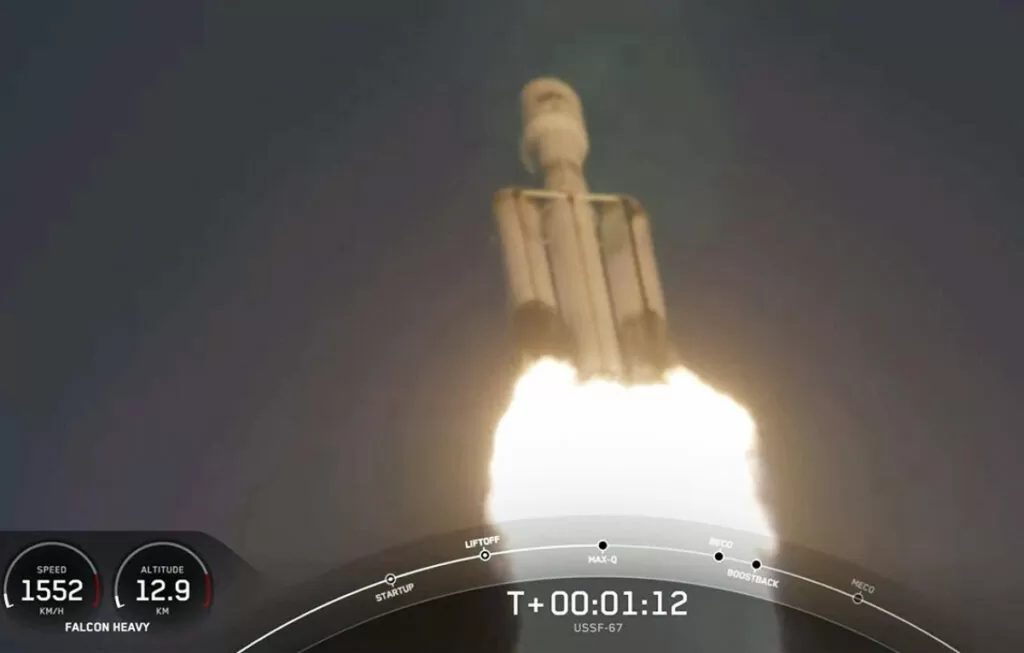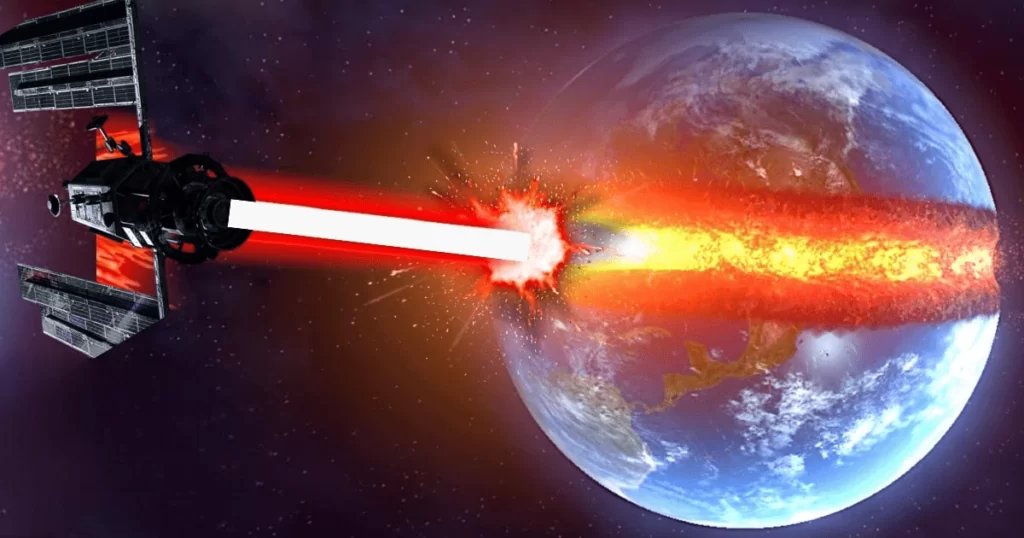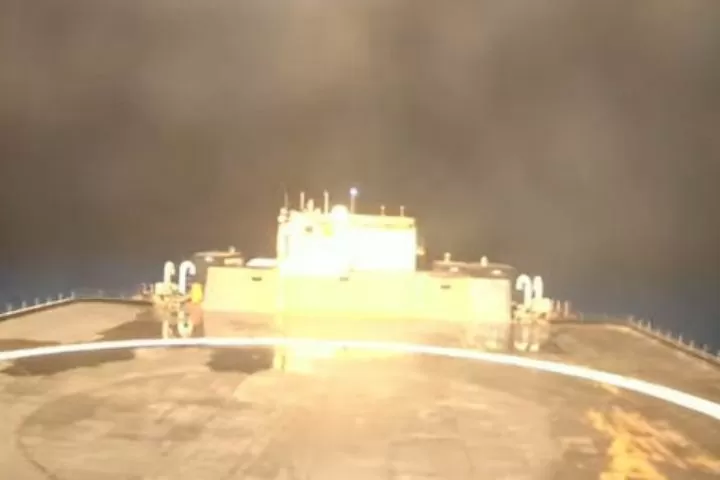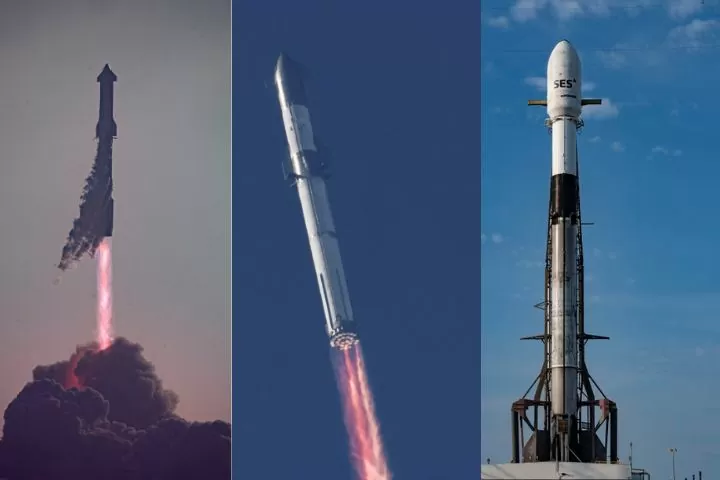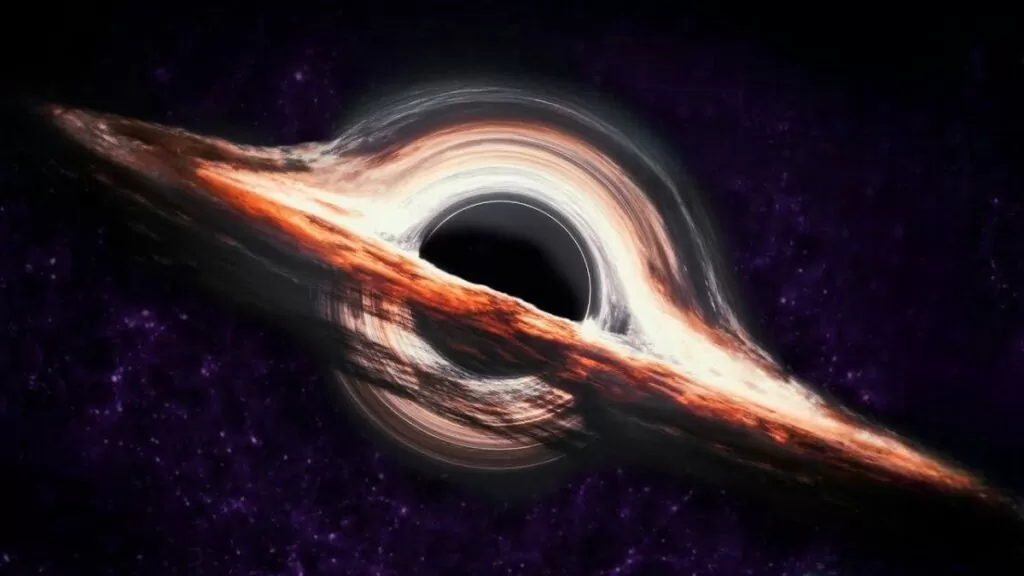The Reason for the SpaceX Starship fire is Team turned off 1 engine just before the start & 1 stopped itself, so 31 engines fired overall. Watch the images and video after a fire…and with proof
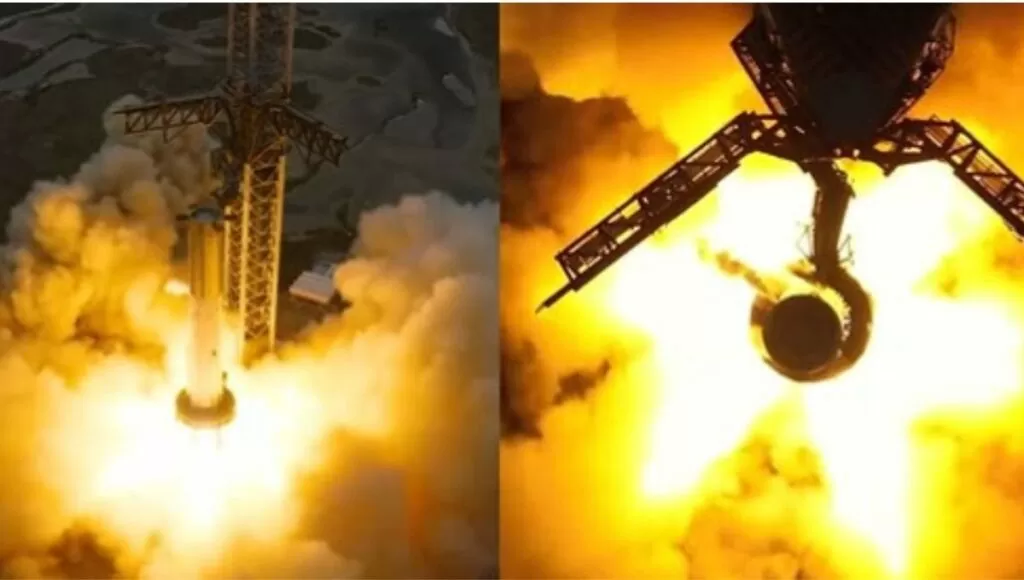
CEO Elon Musk has reported that Super Heavy Booster 7 successfully fired 31 of its, 33 Raptor engines. One engine was deliberately turned off prior to the static fire, while the other malfunctioned and shut down during the ignition process, accident On February 10, 2023, A super heavy booster 7 brakes static fire.
According to Musk, even with two engines disabled, the remaining engines are sufficient enough to reach orbit, making the outcome of the static fire a positive one despite its imperfections. Despite these setbacks, the remaining 31 engines completed a full five-second static fire.
Team turned off 1 engine just before start & 1 stopped itself, so 31 engines fired overall.
— Elon Musk (@elonmusk) February 9, 2023
But still enough engines to reach orbit! https://t.co/QYx3oVM4Gw
SpaceX starship 31 engine static fire to make a loss but musk continues to test the success of Starlink mission…
Most importantly, Super Heavy Booster 7 survived the test without catching fire, exploding, or popping its tanks.
To partially counteract the thrust of its Raptor engines, the rocket’s tanks were filled with some 3000 tons (6.6M lbs) of liquid oxygen and methane propellant.
The stool-like orbital launch mount (OLM), which also survived the test in one piece, held Starship down with 20 clamps to counteract any remaining thrust.
According to SpaceX, the starship is a potentially game-changing transportation system that has the potential to make Mars colonization and other audacious off-Earth ventures economically feasible. The vehicle, made of stainless steel, is composed of two components: a massive booster referred to as Super Heavy, and an upper-stage spacecraft, standing at 165 feet (50 meters), known as the starship.
Our thought, From SpaceX’s perspective, the fact alone that its only orbital-class Starship launch site survived the ordeal is likely enough for it to consider the static fire a success. But the test was much more than that.
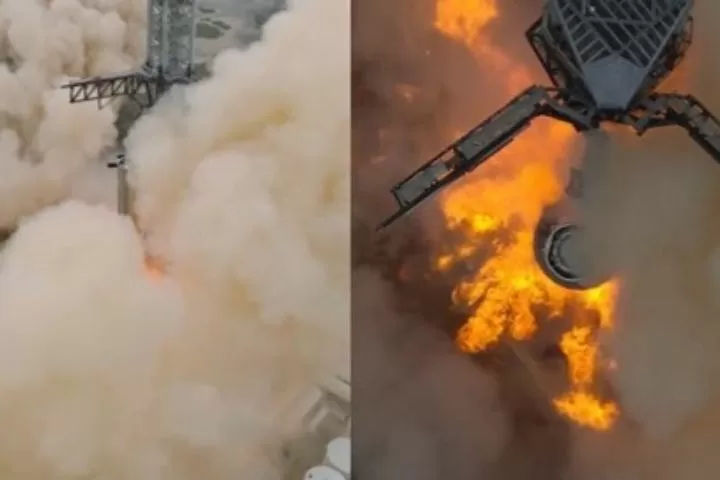
Although two Raptors did not ignite, SpaceX still set a new all-time record for the simultaneous ignition of the most rocket engines.
The previous record was held by the Soviet N1 rocket, which had 30 NK-15 engines fired during its four test launches in the late 1960s and early 1970s. Despite not having a successful test flight, the N1 still holds the record for generating the highest thrust from a single rocket, reaching up to 4500 tons of thrust at liftoff.
SpaceUpper news of SpaceX, it has been preparing Booster 7 and the starship prototype, Ship 24, for an orbital flight test over several months.
This preparation has involved a fueling test, which was successfully completed on January 23, and several static fires.
The latter are pre-launch trials where the engines are briefly ignited while the vehicle remains secured to the ground. For example, Ship 24 fired up all six of its Raptors at Starbase in September, and Booster 7 ignited 14 of its 33 engines two months later.
Today’s test, which saw 31 engines ignite, marked a significant milestone on the path to an orbital attempt and exceeded the previous record of 14 engines in a static fire. At full power, the 33 Raptors in Super Heavy generate approximately 16.5 million pounds of thrust.
If the test-flight plan is successful, Booster 7 will land in the Gulf of Mexico shortly after liftoff, while Ship 24 will make a single orbit around the Earth before splashing down in the Pacific Ocean near the Hawaiian island of Kauai.
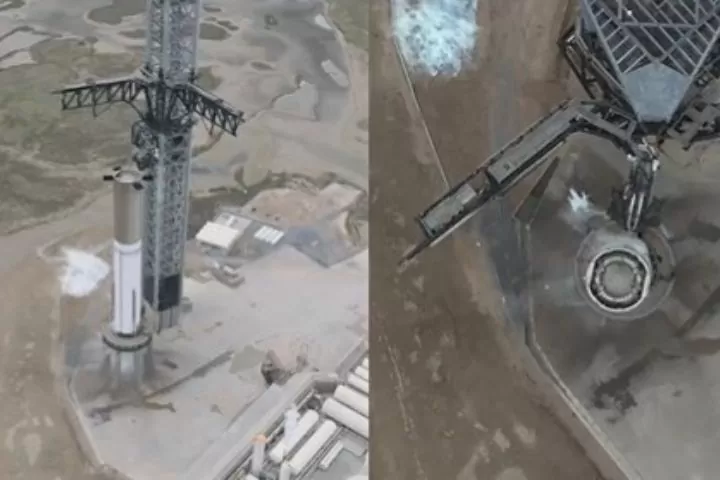
Neither SpaceX nor CEO Elon Musk has officially confirmed if Super Heavy Booster 7 broke the historic thrust record. However, it is possible that it did. Each Raptor 2 engine has the capability of producing up to 230 tons of thrust at sea level. The design of the Raptor allows it to throttle down to 40% or 92 tons of thrust.
If all 33 engines were operating at their minimum throttle setting during the static fire, Super Heavy would have generated a total of 3036 tons of thrust, which may not be a record-breaking performance.
For the 31 Raptors to surpass the N1’s thrust record, they would have had to be running at an average throttle setting of 64% or higher, which is a feasible scenario. From a data collection standpoint, a full-thrust static fire with all 33 engines operating would provide the most valuable information, but it would also pose the greatest risk and stress to the rocket and launch pad.
Both the starship and Super Heavy have been engineered to be completely reusable and are powered by SpaceX’s cutting-edge Raptor engine. The booster will be equipped with 33 of these engines, while the upper stage will have six.
It is yet to be determined if the Starship will go down in history as the most powerful rocket ever created. Still, it has certainly made a strong case for itself as the most powerful rocket to undergo ground testing.
The first stage of the Saturn V generated an impressive 3,400 tons (7.5 million pounds) of thrust during its initial sea-level static fire in 1965. The N1’s booster, on the other hand, was never static-fired, which may have contributed to its eventual failure. Other powerful rockets such as the Space Shuttle and SLS utilized a combination of solid rocket boosters and liquid engines, which cannot be tested simultaneously on the ground.
While the 31 engines that did ignite during the recent historic starship static fire appeared to perform as optimally as SpaceX had hoped, the absence of two engines has likely added some complications to the company’s future plans. To fully confirm the starship’s capability of launching and safely flying away from the launch site, it is likely that SpaceX will need to carry out a complete 33-engine test. However, the starship cannot take flight until it receives a launch license from the Federal Aviation Administration (FAA). The FAA, known for its cautious approach, may choose to reject a license for SpaceX if a perfect 33-engine static fire is not conducted.
On the other hand, the FAA may acknowledge that even with several missing Raptors, the starship could still launch safely and reach orbit. Alternatively, SpaceX could make a commitment to only launch the starship if all 33 engines are functioning, in which case the need for another 33-engine static fire attempt would be eliminated.
If SpaceX is satisfied with the results of Booster 7’s 31-engine test and any potential pad damage caused by the test is not a significant concern, the company’s focus may shift towards completing Starship 24. Once finished, starship 24 will be transported back to the launch pad and reattached to Booster 7. It is possible that SpaceX may opt to perform another wet dress rehearsal or a static fire with the fully-assembled starship, however, they may also decide that additional testing is not necessary.
Upon completion of all necessary tasks, starship 24 and Booster 7 will be prepared to support the first attempt at launching the starship into orbit. Before the static fire on February 9th, SpaceX CEO Elon Musk and COO/President Gwynne Shotwell concurred that the starship’s debut orbital launch could occur as soon as March 2023. Given the outcome of today’s test, a March 2023 launch now appears to be a realistic possibility.
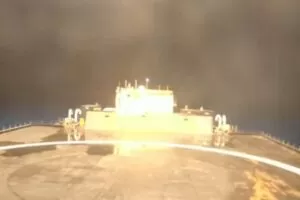



![Moon Jellyfish has [ Hidden Secrets ] You don't know moon jellyfish](https://spaceupper.com/wp-content/uploads/2022/11/1-1-300x169.jpg.webp)

